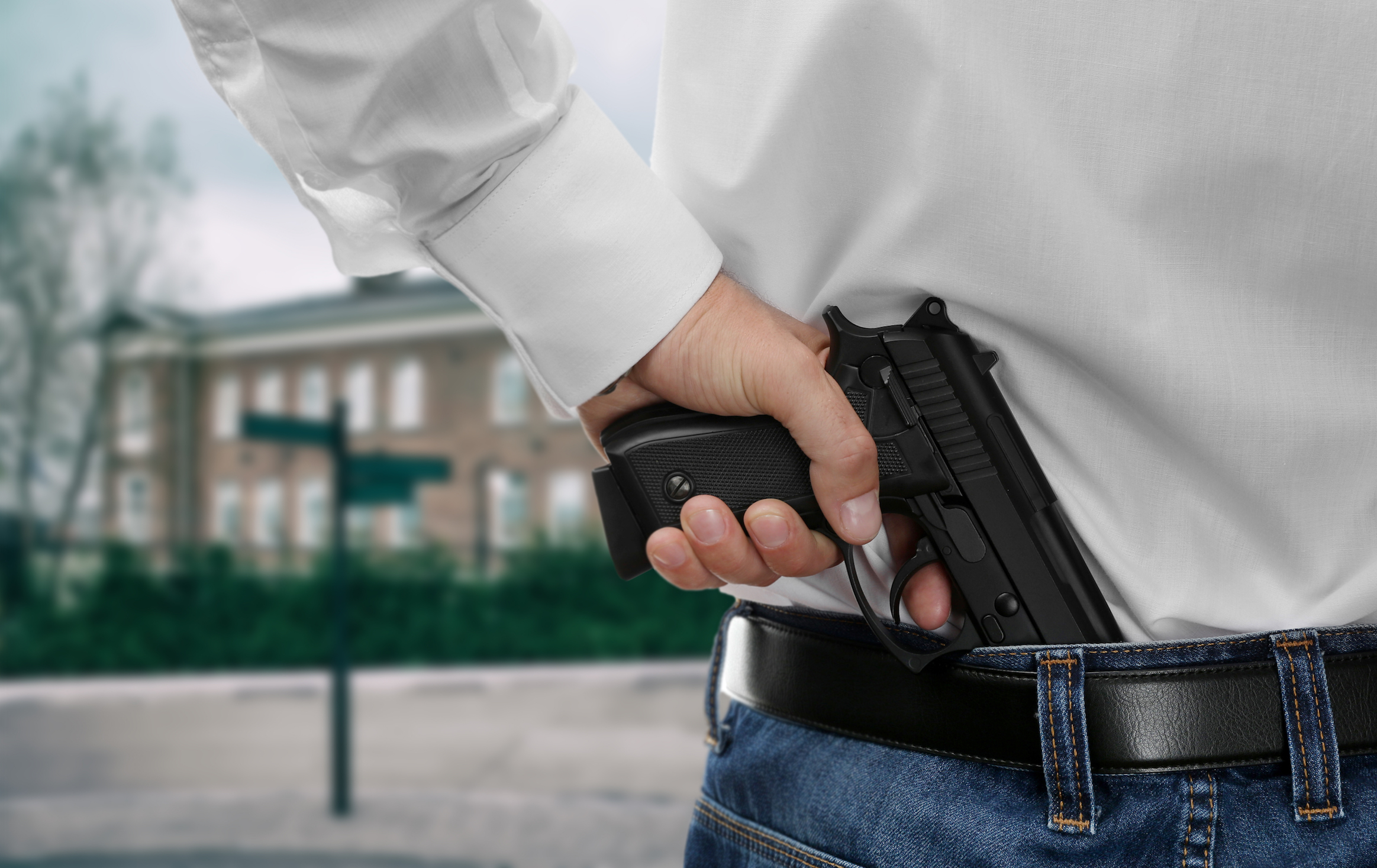
Study: Media gives white mass shooters more sympathetic treatment
Mass shooters are more likely to be given sympathetic treatment by the media if they are white, according to a new study.
Researchers from the Ohio State University analyzed coverage of 219 mass shootings and found that white shooters were more likely to be described as “mentally ill” than black shooters.
Not only that, but media coverage on white shooters was much more sympathetic and forgiving, referencing their “good character” and how surprising or out of character the shooting was.
“There’s a big difference in how black and white mass shooters are covered in the media,” said Scott Duxbury, the lead author of the study. “Much of the media coverage of white shooters framed them as sympathetic characters who were suffering from extreme life circumstances. But black shooters were usually made to seem dangerous and a menace to society.”
The study was published online in the Journal of Research in Crime and Delinquency.
433 media articles and transcripts about 219 randomly selected mass shootings taking place in the United States from 2013 to 2015 were reviewed by the researchers.
A mass shooting, in the case of the study, was defined as a shooting in which four or more victims were shot in a single event, not including the perpetrator.
Certain controlling factors that might influence the kind of coverage reported were taken into consideration including the number of victims, where the shooting took place, if the shooting was framed as gang violence, and who the victims were and their relation to the shooter.
After reviewing and analyzing the coverage, the researchers found that white shooters were 95 percent more likely to be described as mentally ill. The majority of white attackers were also described as victims of society compared to only 17 percent of black perpetrators.
If the shooter committed suicide, they was much more likely to be labeled as mentally ill and in 46 percent of the articles, the shooter was labeled as a “victim of society” who was under stress or suffered abuse.
Some of the articles included testimony to the shooter’s good character, but these were almost exclusively about the white shooters.
“Black shooters who were described as mentally ill never receive testament to their good character and the media never describe the shootings as out of character,” said Duxbury. “And only white shooters were ever talked about as coming from a good environment.”
One prominent example of racial bias in the media was found in the comparison between David Ray Conley, a black man, and Josh Boren, a white man.
“The comparison between Conley and Boren is striking. Both shooters were adult men who murdered their families.” the researchers explained in their study. “Both had a history of domestic violence and drug abuse and both had received treatment for mental illness. However, whereas the media described Josh Boren as a quiet, gentle man – a teddy bear – coverage of Conley described him as perpetually violent, controlling and dangerous.”
Gang-affiliated shootings were also reported differently by the media compared to those with white shooters.
Media coverage of shootings attributed to gang violence discussed the criminal history of the perpetrators and the problems of the community.
“When the media frame a mass shooting as stemming from gang violence, they talk about the perpetrators as being perpetually violent and a menace to society,” said Duxbury. “But when a shooting is attributed to mental illness, the media treat it as an isolated incident, or the result of the pressures on the perpetrator.”
The results show how historical depictions of violent black men, often demonized and characterized as brutish, still prevail in society and lead to racial bias in media coverage.
—
By Kay Vandette, Earth.com Staff Writer













